How to Write a Case Study
Getting Started
-
 Determine which case study type, design or style is most suitable to your intended audience. Corporations may choose illustrative case study method to show what has been done for a client; schools, educators and students may select cumulative or critical case study method and legal teams may demonstrate exploratory (investigative) case study method as a way to provide factual evidence.
Determine which case study type, design or style is most suitable to your intended audience. Corporations may choose illustrative case study method to show what has been done for a client; schools, educators and students may select cumulative or critical case study method and legal teams may demonstrate exploratory (investigative) case study method as a way to provide factual evidence.- Whatever case study method you're employing, your purpose is to thoroughly analyze a situation (or "case") which could reveal factors or information otherwise ignored or unknown. These can be written about companies, whole countries, or even individuals. What's more, these can be written on more abstract things, like programs or practices. Really, if you can dream it, you can write a case study about it.[2]
-
 Determine the topic of your case study. Once you've picked your angle, you need to determine what your research will be about and where it will take place (your case site). What have you talked about in class? Have you caught yourself coming up with questions during your reading?
Determine the topic of your case study. Once you've picked your angle, you need to determine what your research will be about and where it will take place (your case site). What have you talked about in class? Have you caught yourself coming up with questions during your reading?- Start your research at the library and/or on the Internet to begin delving into a specific problem. Once you've narrowed down your search to a specific problem, find as much about it as you can from a variety of different sources. Look up information in books, journals, DVDs, websites, magazines, newspapers, etc. As you go through each one, take adequate notes so you can find the info later on![2]
-
 Search for case studies that have been published on the same or similar subject matter. Talk to your professors, go to the library, surf the web until your bum falls asleep. You don't want to replicate the research that has already been done.
Search for case studies that have been published on the same or similar subject matter. Talk to your professors, go to the library, surf the web until your bum falls asleep. You don't want to replicate the research that has already been done.- Find out what has been written before, and read the important articles about your case's situation . When you do this, you may find there is an existing problem that needs solution, or you may find that you have to come up with an interesting idea that might or might not work in your case situation.
- Review sample case studies that are similar in style and scope to get an idea of composition and format, too.
0 / 0
Method 1 Quiz
Where should you begin your case study research?
Not exactly! You should already have an idea of what your notes contain. When beginning your case study research, you want to expand this knowledge. Look up information in books, journals, DVDs, websites, magazines, newspapers, and other resources. Try again...
Not quite! You should begin your case study research by hunting for new information. While you may use sources you already have, broadening your scope initially will help you discover different aspects of your topic that you may not have considered previously. Pick another answer!
Right! The library is the best place to start your case study research. You can also begin by surfing the Internet. Both of these sources can help you narrow your topic to a specific problem. Read on for another quiz question.
Not necessarily! You will most likely have a vastly different topic choice than that of your classmates or coworkers. While you can talk to them if you think they can help you locate additional information, you should start by conducting research on you own. Choose another answer!
Want more quizzes?
Keep testing yourself!Preparing the Interview
-
 Select participants that you will interview for inclusion in your case study. Experts in a particular field of study or customers that have implemented a tool or service that is the subject of the study will provide the best information.
Select participants that you will interview for inclusion in your case study. Experts in a particular field of study or customers that have implemented a tool or service that is the subject of the study will provide the best information.- Find knowledgeable people to interview. They don't necessarily have to be on your site, but they must be, actively or in the past, directly involved.
- Determine whether you will interview an individual or group of individuals to serve as examples in your case study. It may be beneficial for participants to gather as a group and provide insight collectively. If the study focuses on personal subject matter or medical issues, it may be better to conduct personal interviews.
- Gather as much information as possible about your subjects to ensure that you develop interviews and activities that will result in obtaining the most advantageous information to your study.
-
 Draft a list of interview questions and decide upon how you will conduct your study. This could be via in-person group interviews and activities, personal interviews, or phone interviews. Sometimes, email is an option.
Draft a list of interview questions and decide upon how you will conduct your study. This could be via in-person group interviews and activities, personal interviews, or phone interviews. Sometimes, email is an option.- When you are interviewing people, ask them questions that will help you understand their opinions. I.e., How do you feel about the situation? What can you tell me about how the site (or the situation) developed? What do you think should be different, if anything? You also need to ask questions that will give you facts that might not be available from an article--make your work different and purposeful.
-
 Set up interviews with subject matter experts (account managers in a corporation, clients and customers using applicable tools and services, etc.).
Set up interviews with subject matter experts (account managers in a corporation, clients and customers using applicable tools and services, etc.).- Make sure all your informants are aware of what you're doing. They need to be fully informed (and signing waivers in certain cases) and your questions need to be appropriate and not controversial.
0 / 0
Method 2 Quiz
Who should you interview for your case study?
Correct! Your best interviews will come from experts in a particular field of study or customers who have implemented the tool or service that is the subject of the study. When you're talking to interviewees, make sure you disclose what you're doing and why. They need to be fully informed in order to provide the best possible information! Read on for another quiz question.
Nope! While you can talk to your professor or boss for guidance, you should not formally interview them for the case study. You need to interview someone who knows about the subject but is not directly involved in your grade or performance. Try again...
Definitely not! Even if you think a family member has knowledge on a topic, you should not interview them. This could be considered a conflict of interest, and the information you receive may be biased as your family member may provide only the most positive information in an effort to help you. Try another answer...
Not quite! A librarian can help you locate information for your case study but should not be used as an interview subject -- unless, of course, your topic deals with library science! Guess again!
Want more quizzes?
Keep testing yourself!Obtaining Data
-
 Conduct interviews. Ask the same or similar questions of all subjects involved to ensure that you get different perspectives on a similar subject or service.
Conduct interviews. Ask the same or similar questions of all subjects involved to ensure that you get different perspectives on a similar subject or service.- When you ask a question that doesn't let someone answer with a "yes" or a "no" you usually get more information. What you are trying to do is get the person to tell you whatever it is that he or she knows and thinks --even though you don't always know just what that is going to be before you ask the question. Keep your questions open-ended.
- Request data and materials from subjects as applicable to add credibility to your findings and future presentations of your case study. Clients can provide statistics about usage of a new tool or product and participants can provide photos and quotes that show evidence of findings that may support the case.
-
 Collect and analyze all applicable data, including documents, archival records, observations and artifacts. Organize all of your data in the same place to ensure easy access to information and materials while writing the case study.
Collect and analyze all applicable data, including documents, archival records, observations and artifacts. Organize all of your data in the same place to ensure easy access to information and materials while writing the case study.- You can't include it all. So, you need to think about how to sort through it, take out the excess, and arrange it so that the situation at the case site will be understandable to your readers. Before you can do this, you have to put all the information together where you can see it and analyze what is going on.
-
 Formulate the problem in one or two sentences. As you go through your data, think about how you can put what you've found into a thesis-like statement. What patterns have your subjects brought to light?
Formulate the problem in one or two sentences. As you go through your data, think about how you can put what you've found into a thesis-like statement. What patterns have your subjects brought to light?- This will allow you to concentrate on what material is the most important. You're bound to receive information from participants that should be included, but solely on the periphery. Organize your material to mirror this.
0 / 0
Method 3 Quiz
What information should you request from interview participants?
Not quite! While some of your questions may require a simple yes or no, such as "Do you use the product?", you should ask open-ended questions to receive the best answers. Try following up with questions such as "How do you use the product?" and "What do you like or dislike about the product?" Try another answer...
Nice! If your case study is on a new tool or product, you want some statistics to illustrate the product's usage and effectiveness. If they have them, ask your interviewee to bring this data to the discussion. Read on for another quiz question.
Not exactly! The interviewee is taking their time to participate in your case study; you should not require any extra work from them. If they volunteer a resource, you may use it, but don't ask them to compile a list of books or contacts for further research. It is your job to find these on your own! Pick another answer!
Nope! If your interviewee works for a competing company or if the data is sensitive, they may not be able to provide it to you. Do not pressure them to give you this information. Try another answer...
Want more quizzes?
Keep testing yourself!Writing Your Piece
-
 Develop and write your case study using the data collected throughout the research, interviewing and analysis processes. Include at least four sections in your case study: an introduction, background information explaining why the case study was created, presentation of findings and a conclusion which clearly presents all of the data and references.
Develop and write your case study using the data collected throughout the research, interviewing and analysis processes. Include at least four sections in your case study: an introduction, background information explaining why the case study was created, presentation of findings and a conclusion which clearly presents all of the data and references.- The introduction should very clearly set the stage. In a detective story, the crime happens right at the beginning and the detective has to put together the information to solve it for the rest of the story. In a case, you can start by raising a question.[3] You could quote someone you interviewed.
- Make sure to include background information on your study site, why your interviewees are a good sample, and what makes your problem pressing to give your audience a panoramic view of the issue.[4] After you've clearly stated the problem at hand, of course.[2] Include photos or a video if it would benefit your work to be persuasive and personalized.
- After the reader has all the knowledge needed to understand the problem, present your data. Include customer quotes and data (percentages, awards and findings) if possible to add a personal touch and more credibility to the case presented. Describe for the reader what you learned in your interviews about the problem at this site, how it developed, what solutions have already been proposed and/or tried, and feelings and thoughts of those working or visiting there. You may have to do calculations or extra research yourself to back up any claims.
- At the end of your analysis, you should offer possible solutions, but don't worry about solving the case itself. You may find referring to some interviewees' statements will do the alluding for you. Let the reader leave with a full grasp of the problem, but trying to come up with their own desire to change it.[2] Feel free to leave the reader with a question, forcing them to think for themselves. If you have written a good case, they will have enough information to understand the situation and have a lively class discussion.
-
 Add references and appendices (if any). Just like you would in any other paper, reference your sources. That's why you got credible ones in the first place. And if you have any information that relates to the study but would have interrupted the flow of the body, include it now.
Add references and appendices (if any). Just like you would in any other paper, reference your sources. That's why you got credible ones in the first place. And if you have any information that relates to the study but would have interrupted the flow of the body, include it now.- You may have terms that would be hard for other cultures to understand. If this is the case, include it in the appendix or in a Note for the Instructor.
-
 Make additions and deletions. As your work is forming, you'll notice that it may morph into an object you didn't otherwise expect. If it does so, make additions and deletions as needed. You may find that information you once thought pertinent is no longer. Or vice versa.
Make additions and deletions. As your work is forming, you'll notice that it may morph into an object you didn't otherwise expect. If it does so, make additions and deletions as needed. You may find that information you once thought pertinent is no longer. Or vice versa.- Go over your study section by section, but also as a whole. Each data point needs to fit into both it's place and the entirety of the work. If you can't find an appropriate place for something, stick it in the appendix.
-
 Edit and proofread your work. Now that your paper is formulated, look for minute revisions. As always, correct any grammar, spelling and punctuation errors, but also keep an eye out for flow and transition. Is everything placed and worded as efficiently as possible?
Edit and proofread your work. Now that your paper is formulated, look for minute revisions. As always, correct any grammar, spelling and punctuation errors, but also keep an eye out for flow and transition. Is everything placed and worded as efficiently as possible?- Have someone else proofread, too. Your mind may have become oblivious to the errors it has seen 100 times. Another set of eyes may also notice content that has been left open-ended or is otherwise confusing.
0 / 0
Method 4 Quiz
Which of these is a section that you should you include in your case study?
You're not wrong, but there's a better answer! It is true that you need an introduction to start your case study. Start by raising a question, and then outline how you plan to answer that question. Still, there are other sections of a case study as well! Pick another answer!
Close! You absolutely want to include background information in your case study. This includes information on why your interviewees are a good sample and what makes your problem important. But keep in mind there are other sections of a case study, too! Try another answer...
Almost! It is true that you need to present your data in a case study. This includes what you learned in your interviews, what solutions have been tried and the opinions of the interviewees. You may need to do extra research or calculations to back up any claims. However, there are other sections of a case study besides your presentation of findings. Pick another answer!
You're partially right! You definitely want to include a conclusion at the end of your case study. You should offer possible solutions but not necessarily a resolution to the case itself. Let the reader leave with an understanding of the problem and a desire to resolve it. But remember that there are there are other sections of a case study, as well. Try again...
Yes! The four main sections of a case study are introduction, background information, presentation of findings, and conclusion. You can include other sections that may be appropriate to your specific case study, if necessary. Read on for another quiz question.
Want more quizzes?
Keep testing yourself!You should read it
- How to Create Study Guides
- How to Conduct Academic Research
- Top 10 MOS training and computer training centers
- How to Study for Cyber Security Courses
- Inspirational sayings inspire us to learn for life
- How to Become a Research Assistant
- Facebook proposes to pay users to share personal information
- Research proves: Traveling makes you smarter and healthier
May be interested
- CASE statement in SQL Server
 this article will show you in detail how to use the case statement handling function in sql server with specific syntax and examples to better visualize and capture functions.
this article will show you in detail how to use the case statement handling function in sql server with specific syntax and examples to better visualize and capture functions. - These are the most unique and heterogeneous PC case cases at Computex 2019, a case made by Vietnamese modder also contributed
 here are the most exclusive and heterogeneous pc case covers on display at computex 2019. there will definitely be a case in it that makes you 'ring the ring'.
here are the most exclusive and heterogeneous pc case covers on display at computex 2019. there will definitely be a case in it that makes you 'ring the ring'. - How to enable / disable Disk Write Caching in Windows 10
 disk write caching is a feature that improves system performance, using ram memory to collect write commands sent to the data storage device, then cached until the device. slower archives can be written to.
disk write caching is a feature that improves system performance, using ram memory to collect write commands sent to the data storage device, then cached until the device. slower archives can be written to. - How to Apply for Work Study
 federal work study is a form of federal scholarship awarded through financial aid to help students pay for expenses while at college. this fund helps college students easily obtain part-time employment. the majority of work-study jobs...
federal work study is a form of federal scholarship awarded through financial aid to help students pay for expenses while at college. this fund helps college students easily obtain part-time employment. the majority of work-study jobs... - Top 5 PC cases worth buying 2019
 the difficult thing for many people is how to choose a computer case that suits the needs, quality and price among thousands of options in the market. so this article will introduce you to some of the best computer case from full tower, mid tower to mini-itx.
the difficult thing for many people is how to choose a computer case that suits the needs, quality and price among thousands of options in the market. so this article will introduce you to some of the best computer case from full tower, mid tower to mini-itx. - Why does an iPhone need a case? How to choose one?
 over the years, apple has made the iphone much more durable by adding stronger materials and refining the design. however, using the device without a case is still not a good idea for a number of reasons.
over the years, apple has made the iphone much more durable by adding stronger materials and refining the design. however, using the device without a case is still not a good idea for a number of reasons. - How to use Code Blocks to write C, C++ programs
 code blocks is compilation software that supports operating systems such as linux, windows or macos. this software supports users in writing code, fixing errors and compiling programs. if you know how to use code blocks, you can write simple programs for study or work.
code blocks is compilation software that supports operating systems such as linux, windows or macos. this software supports users in writing code, fixing errors and compiling programs. if you know how to use code blocks, you can write simple programs for study or work. - 5 reasons why you should invest in self-study
 currently, there are millions of different investment tools out there - but what is the best tool? that is you. here are 5 reasons why you should invest in self-study.
currently, there are millions of different investment tools out there - but what is the best tool? that is you. here are 5 reasons why you should invest in self-study. - What is JD? What does JD mean?
 for employers or job candidates, jd is an important factor for both parties. so what does jd mean?
for employers or job candidates, jd is an important factor for both parties. so what does jd mean? - Does the iPhone 14 case fit the iPhone 15?
 based on the size specifications that apple has revealed on the iphone 15 series, everyone can easily guess that the case used for the iphone 15 series will be different from the iphone 14 case.
based on the size specifications that apple has revealed on the iphone 15 series, everyone can easily guess that the case used for the iphone 15 series will be different from the iphone 14 case.

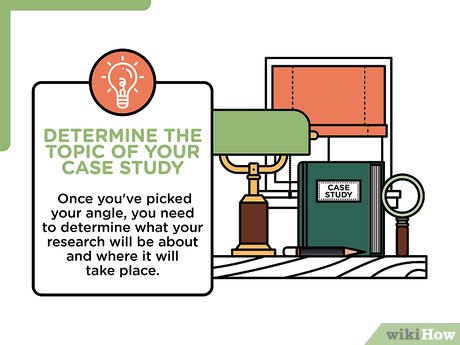


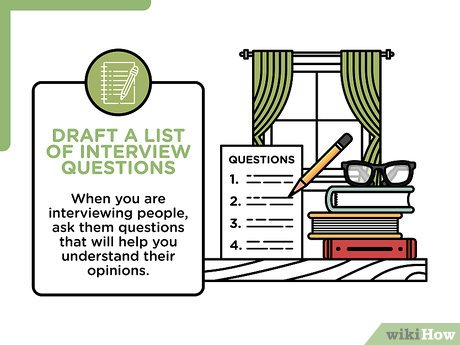

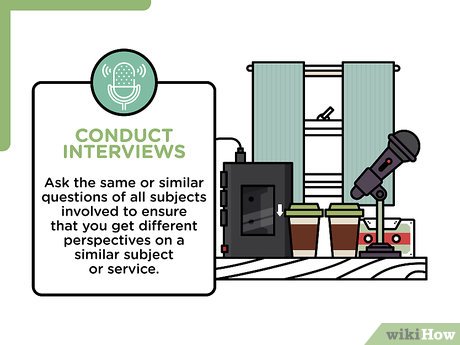
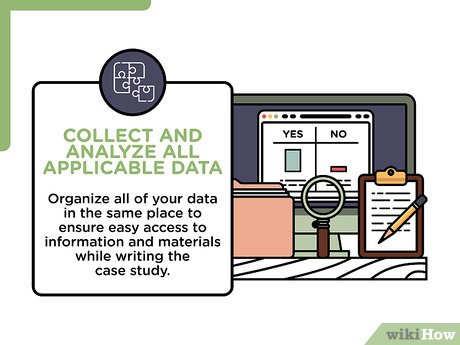
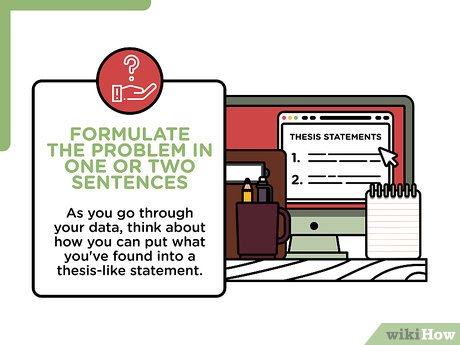
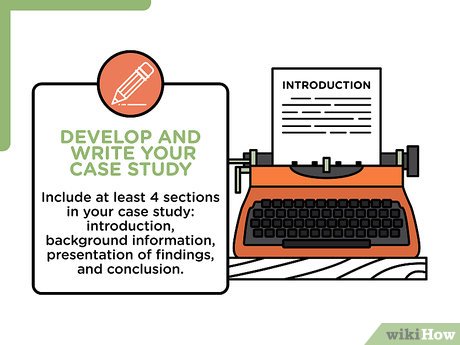
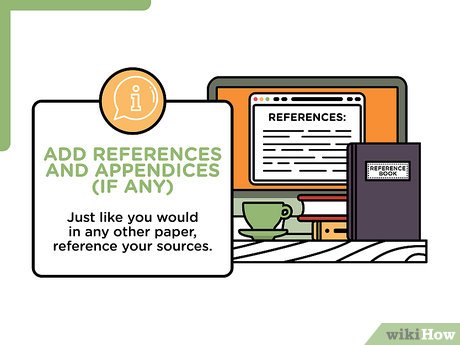
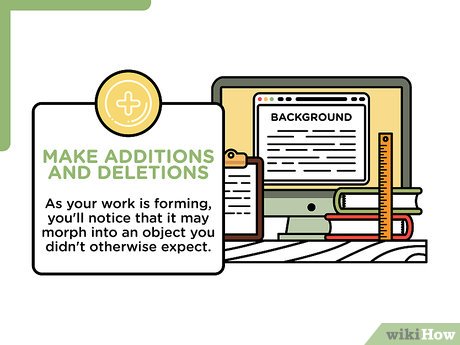
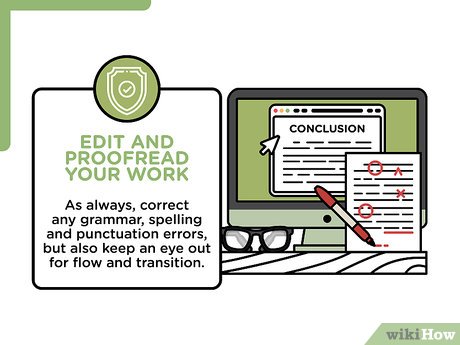










 How to Write a Paper
How to Write a Paper How to Start a Revolution
How to Start a Revolution How to Conduct Audience Analysis
How to Conduct Audience Analysis How to Research a Topic
How to Research a Topic How to Communicate with a Child's Middle School Teacher
How to Communicate with a Child's Middle School Teacher How to Reduce Sedentary Time in Schools
How to Reduce Sedentary Time in Schools